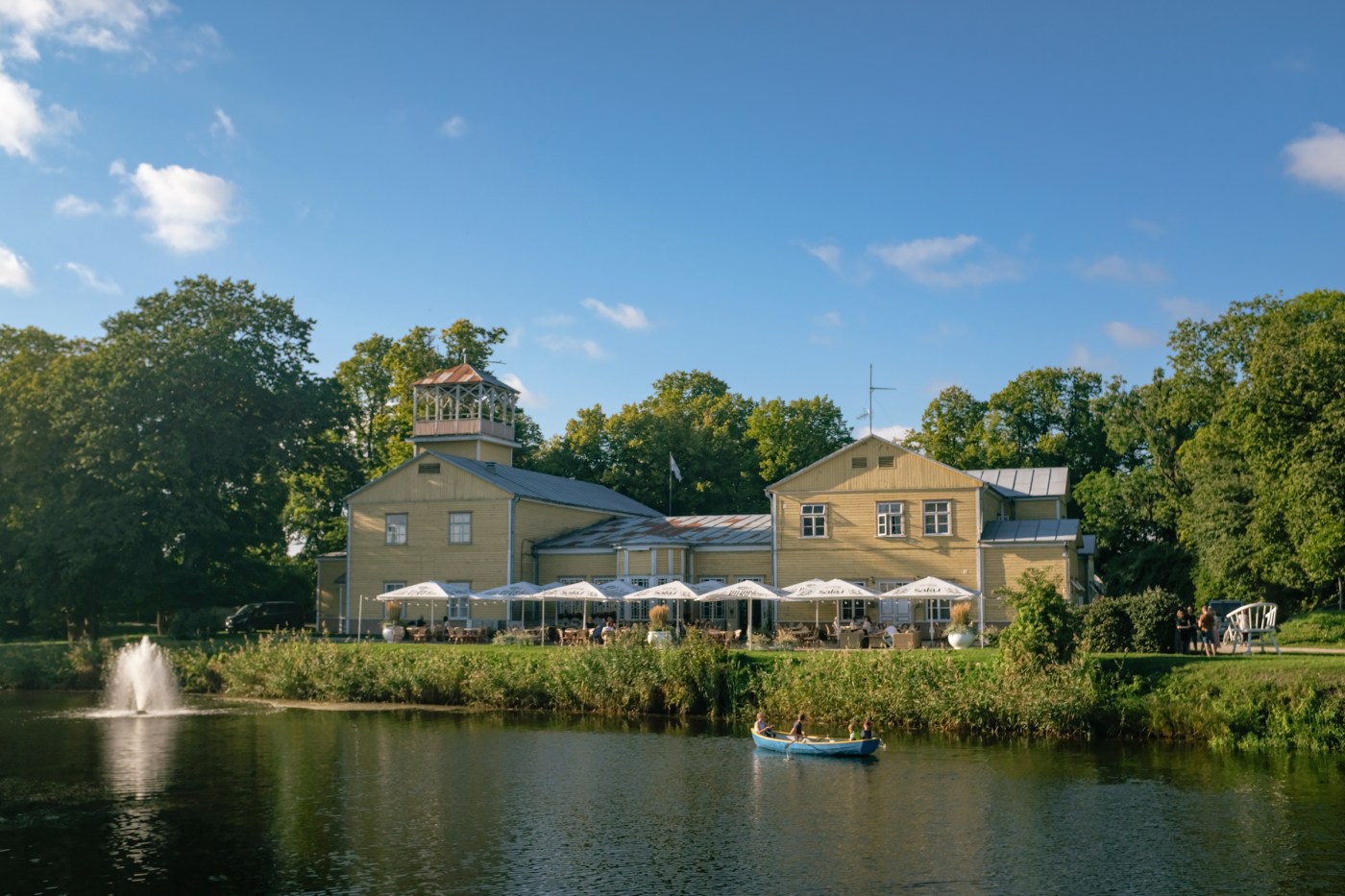Saaremaa is as quiet as a sigh. Floating inconspicuously in the Baltic Sea off the coast of the Estonian mainland, most people go a lifetime without hearing its name. There are some who claim that it is the legendary Ultima Thule, the northernmost island mentioned by the Ancient Greeks, a place “in which there was no longer any proper land nor sea nor air, but a sort of mixture of all three, of the consistency of a jellyfish…holding everything together.” Others believed it to be the site where the sun fell dead, and whisper tales of clandestine she-wolves that roam among men.
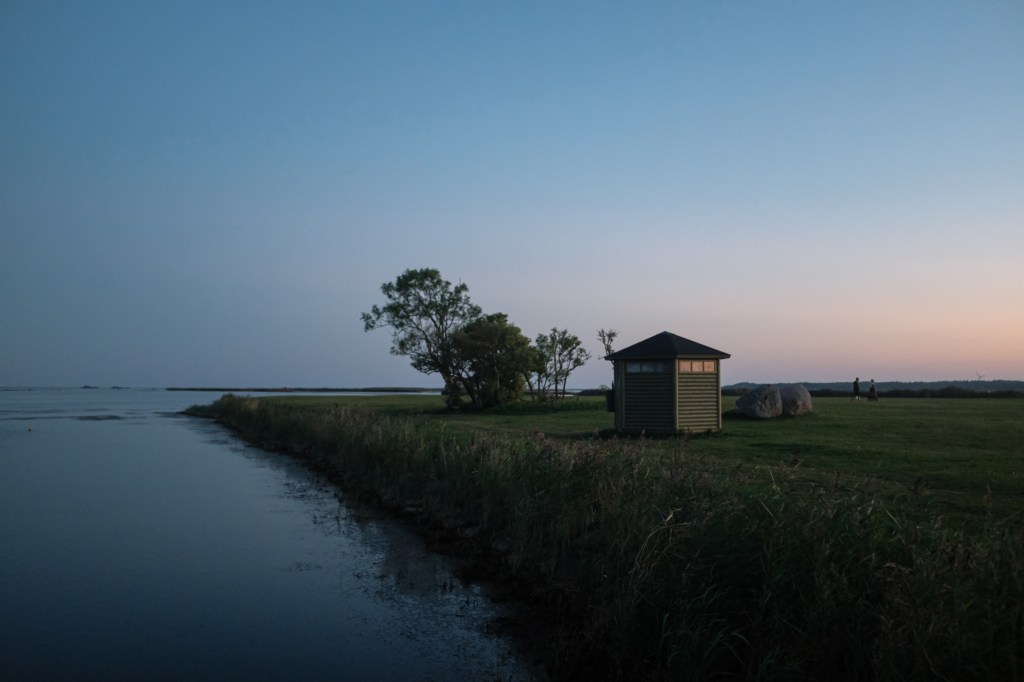
A small, glassy medusa surrounded by a gam of sea beasts, Saaremaa drifts soundlessly in the ebb and flow of the politics and powers around it. Over the centuries, the island passed from one hand to another. The Holy Roman Empire, Denmark, Sweden, Russia, Germany, and the Soviet Union—each left an imprint on the terrain of Saaremaa and its people. On the ferry between mainland Virtsu and the harbor of Kuivastu, one can find Scandinavian-looking open-faced sandwiches of pickled sprats and hardboiled egg (kiluvõileib) alongside deep-fried Russian dumplings (pelmeenid) topped with generous dollops of sour cream. In the county seat of Kuressaare, formerly known under its German name, Arensburg, Hanseatic crow-stepped gables, Jugendstil manors, and the Baltics’ best preserved star fortress speckle the town.
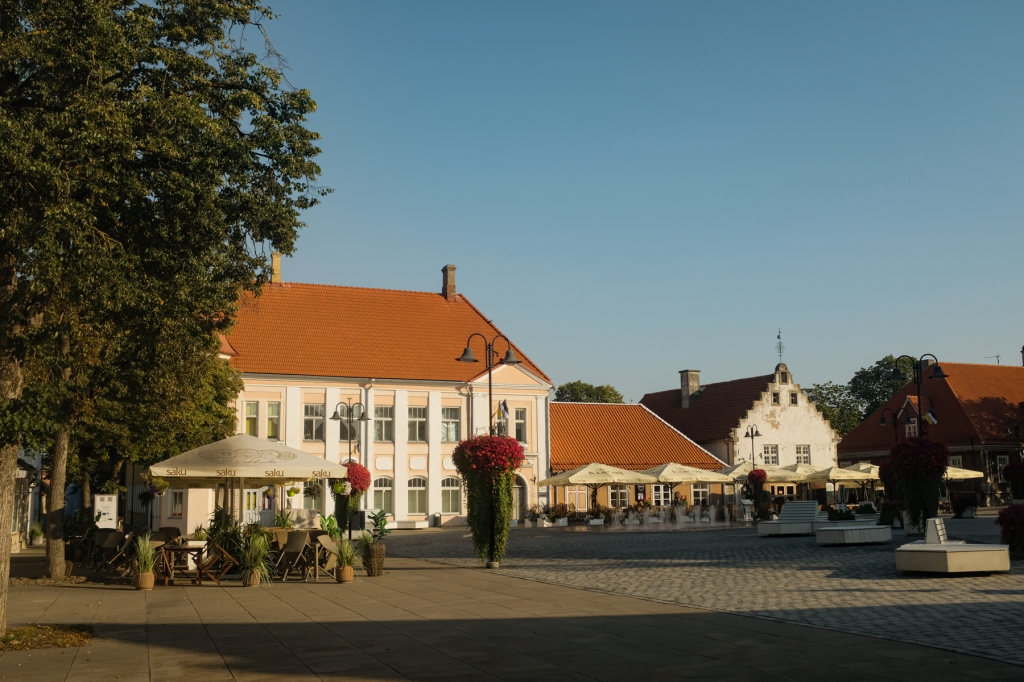
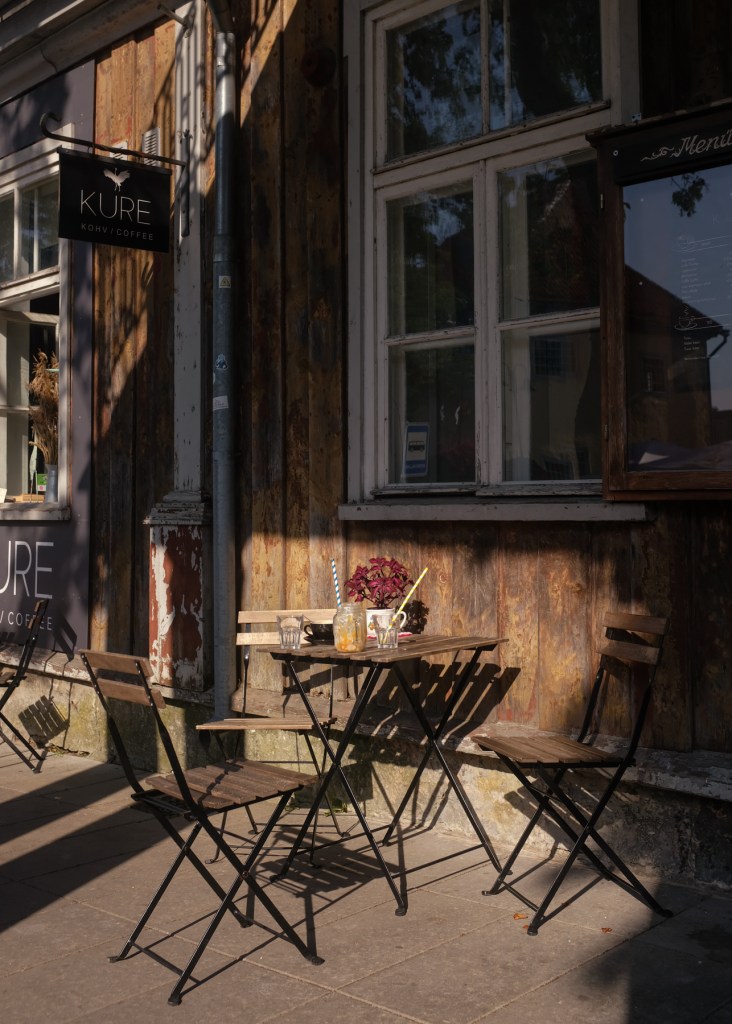


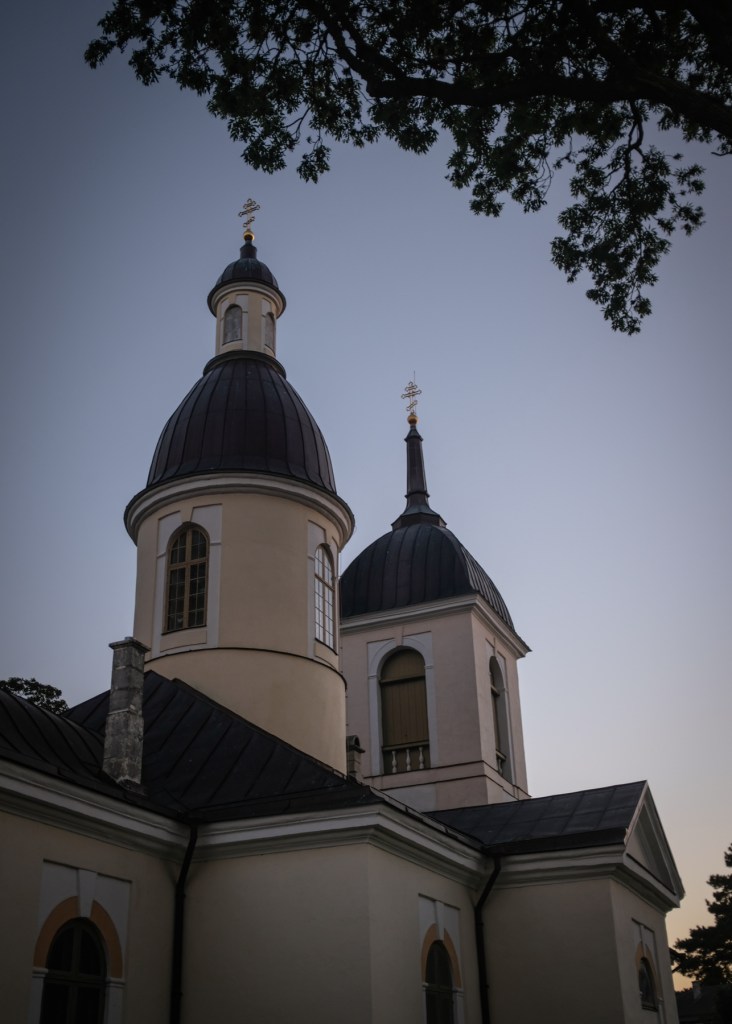


How Estonia succeeded in forging a distinct identity separate from the spheres of Germanic and Slavic influence is nothing short of a wonder. For hundreds of years, German was the language of prestige in this part of the Baltics, with Estonian only being spoken by peasants, serfs, and lower-class craftsmen. A love for singing, stemming from the region’s pagan past, carried the Estonian language through the ages. It was a song festival that eventually helped kindle the flames of a national awakening in the 1850s, when the concept of eestlane, or “Estonian,” formally took shape.
Today, Saaremaa—literally “island land”—is a torchbearer of the country’s most beautiful traditions, home to vibrant folk designs and fresh flavors from the forest and sea. Everything which originates here is held by Estonians to the highest regard, from the isle’s wool to its seasonal smoked fish and “spotted dog” (kirju koer)—a nostalgically Estonian dessert made from cocoa powder and jelly cubes.


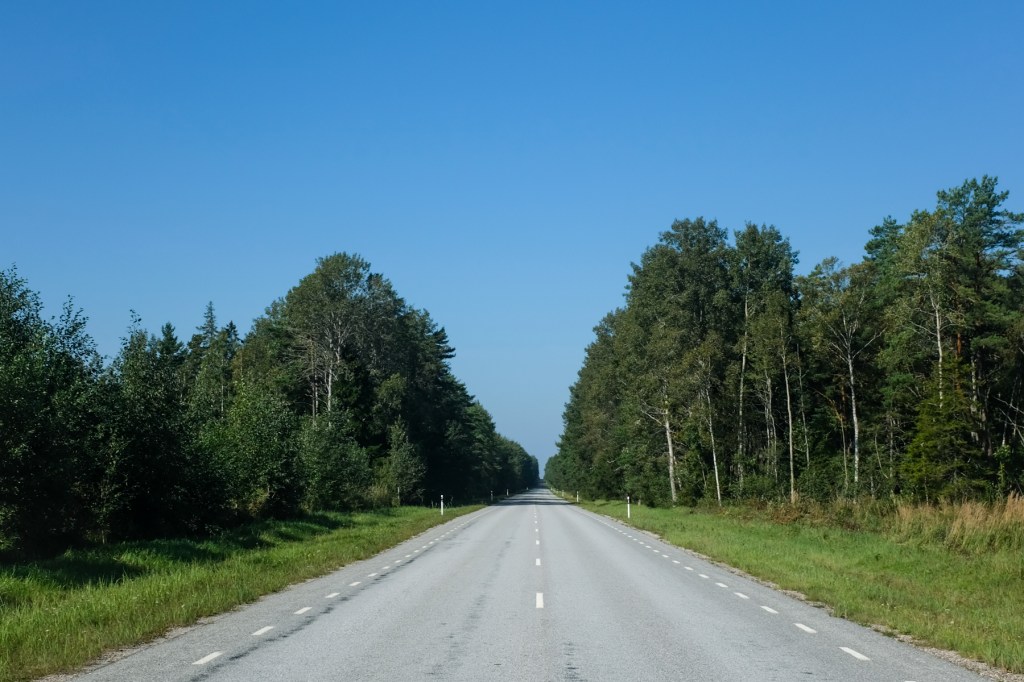
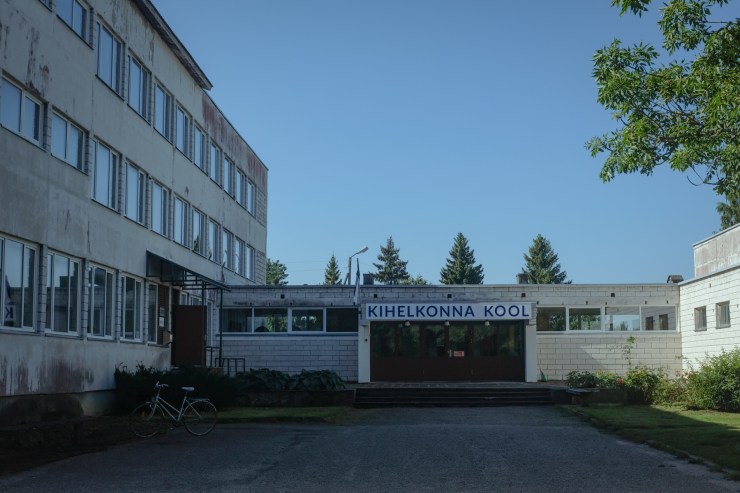
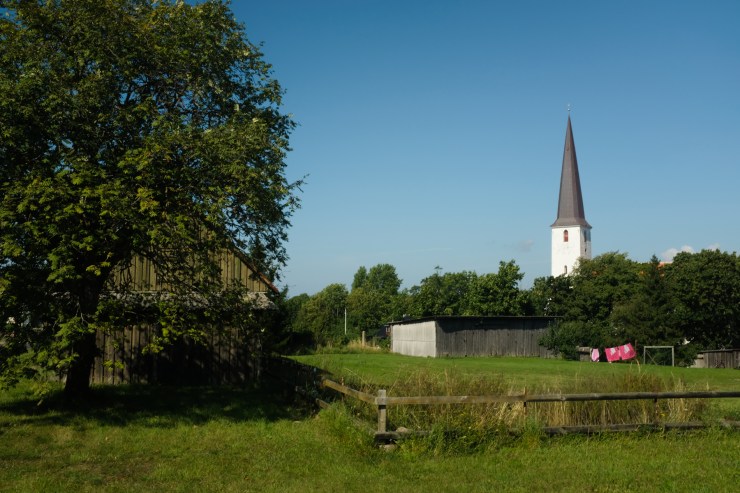




They say that time moves slower on Saaremaa, but in some places, it is completely frozen. Buildings from other epochs loom out of the woodlands like portals to other universes. Some offer a glimpse of what life on the island might have been like had history spun out differently. Under Soviet rule, Saaremaa was closed to all non-local civilians—including mainland Estonians—only opening up to the world in 1989. Left in relative isolation for 46 years, half of the island became blanketed in swaths of pine. Many hide an idyllic shallow-bottomed lake or two, lined with sand as soft as cotton. The water here has a hint of salt, a result of being lifted up and separated from the sea. As serene as it looks, Saaremaa is in constant transformation.



To the northeast of the island, in the protected marine area of Vilsandi National Park, are the dunes of Harilaid. Centuries ago, this peninsula used to be a separate island, and its coastal lagoon, Laialepa, had been a bay. But the winds and sea continuously reshaped the coastline, creating an interstellar landscape in the process. At the end of the cape is the leaning lighthouse of Kiipsaare. Erected in 1933 on solid ground in the center of the peninsula, the waves have since eroded the soil and carried the tower to sea, where it now stands forlornly like the last relic of a sunken empire.

Getting to Saaremaa
Daily buses run between Tallinn and Kuressaare, Saaremaa’s hub. The trip takes roughly four hours and a one-way ticket costs around €15. Tickets can be purchased online and include the cost of the 25-minute ferry between Virtsu and Kuivastu.
